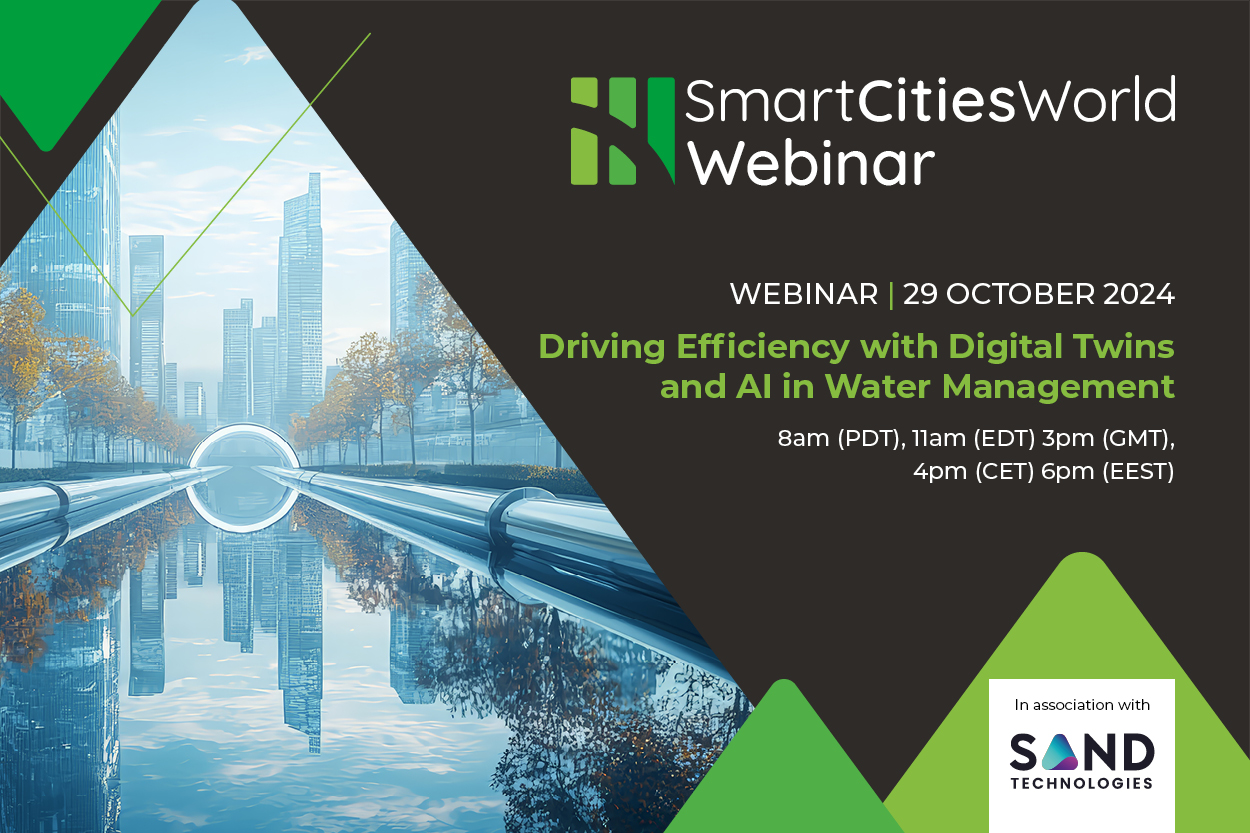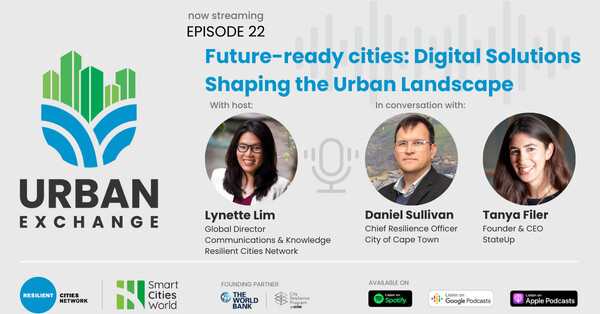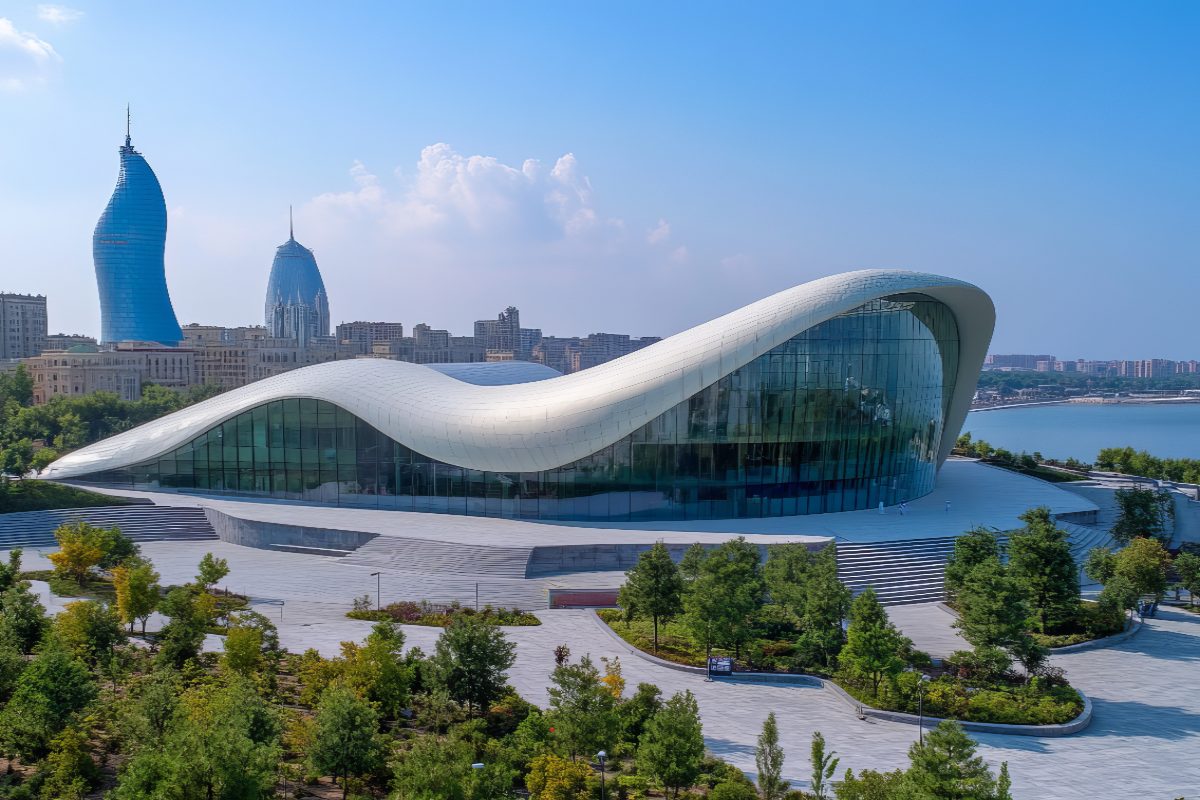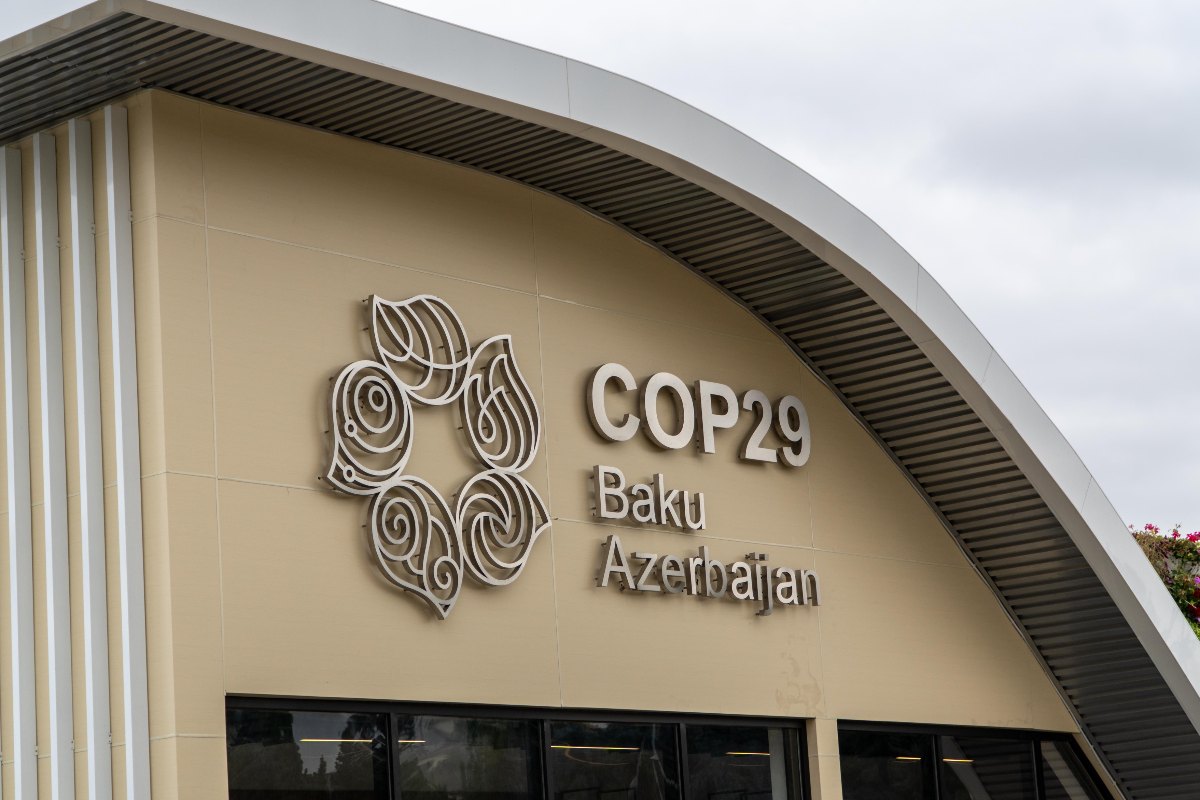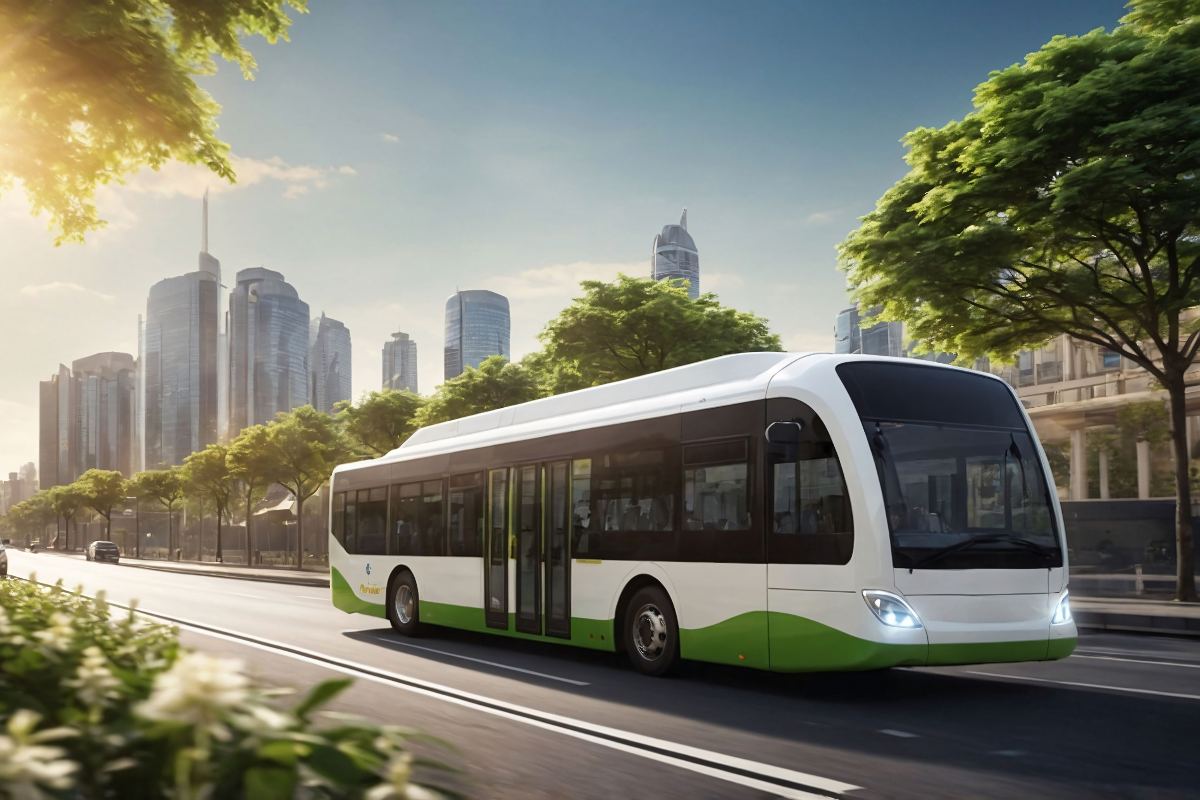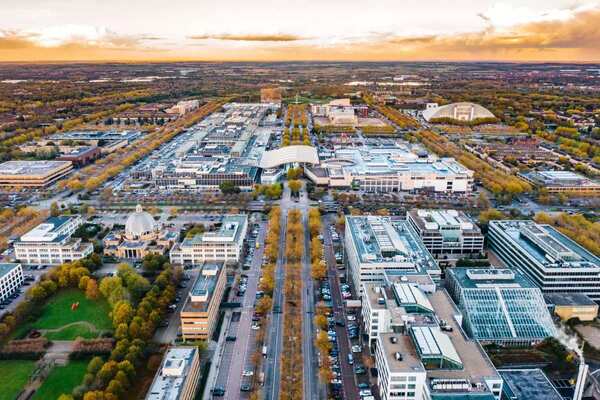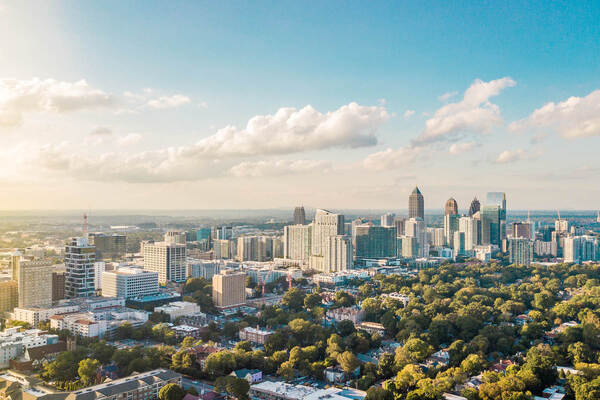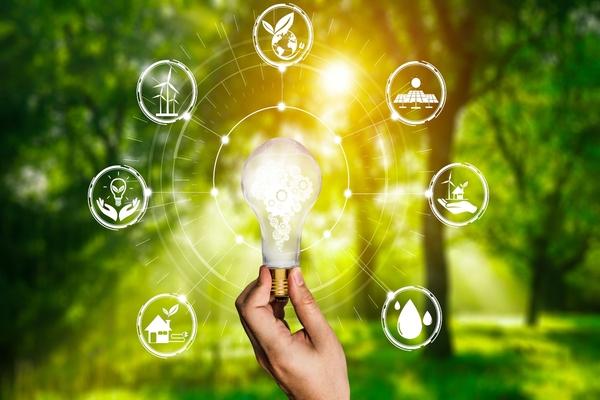Special Reports
SusHi Tech Tokyo 2024: experience ‘Tokyo 2050’ todaySponsored by The SusHi Tech Tokyo 2024 Showcase Program Executive Committee
Sensor networks are driving the creation of connected city ecosystems
Analysis by Frost & Sullivan reveals how digitisation and advancements in Internet of Things are driving the large-scale adoption of sensor technologies for the development of smart cities.
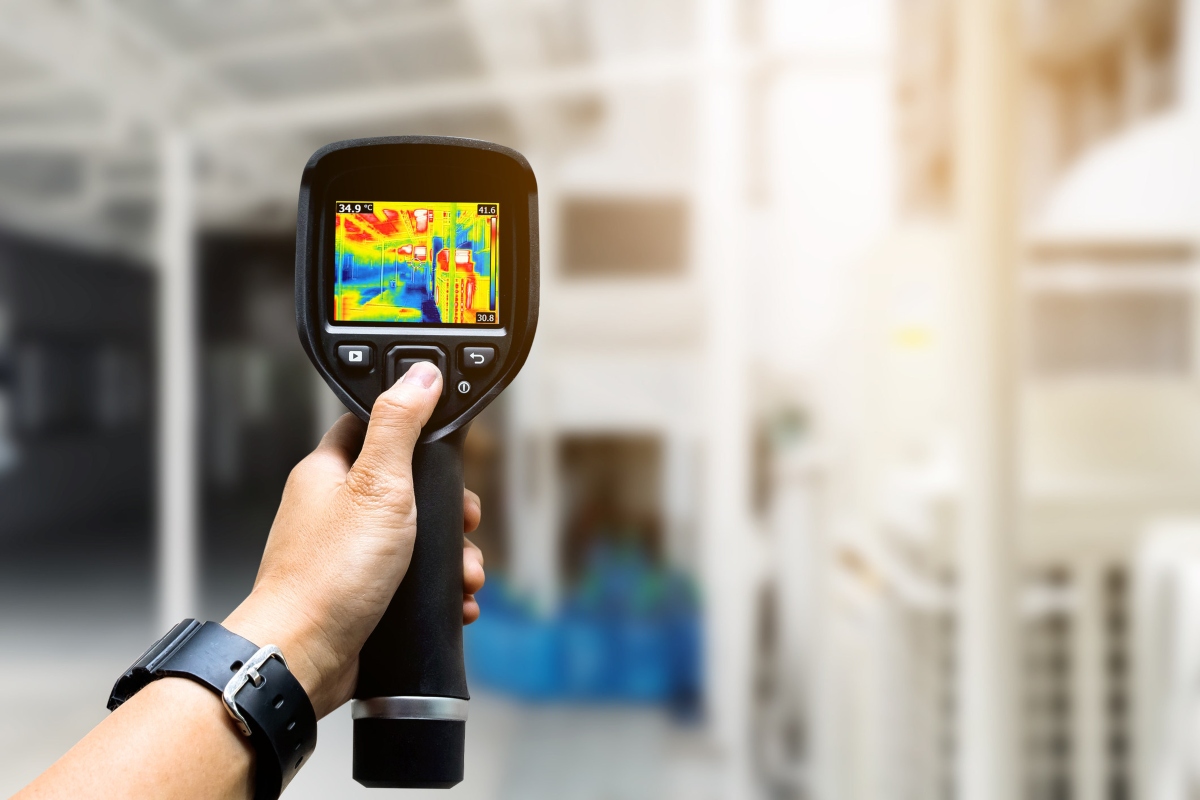
Digitisation and advancements in Internet of Things (IoT) are driving the large-scale adoption of sensor technologies for the development of smart cities, new analysis finds.
Combined with key enabling technologies such as artificial intelligence (AI) and high-speed internet networks, integrated sensor networks in cities are being used extensively for the creation of a connected city ecosystem to enable the optimal use of public resources.
Impact on smart cities
Frost & Sullivan’s study, Opportunities of Emerging Sensor Technologies Impacting the Future of Smart Cities, reports the real-time data provided by these integrated sensor systems are being used to enable automation as well as ease decision-making by government bodies.
“The need for a smart city is primarily driven by a requirement for a safe, secure, and sustainable environment that allows for effective population management while providing services to citizens in a satisfactory manner,” said Krithika Shekar, TechVision senior research analyst at Frost & Sullivan.
“An integrated sensor system aids in establishing a seamlessly interconnected network with an anchor application and a centralised platform.”
The research and consulting firm notes such a sensor network established for one purpose, such as street lighting, can enable several other connected applications, such as environment monitoring, public safety, and waste management.
“Major investments by top smart city governments in Singapore, New York, and Tokyo show rapid pace of adoption of smart solutions”
A centralised network will help reduce duplicated capital costs and eliminates the need for several individual complex networks.
“Major investments by top smart city governments in Singapore, New York, and Tokyo show rapid pace of adoption of smart solutions,” added Shekar.
“The rise of smart cities has not only created growth opportunities for sensor makers but has also accelerated the adoption of several supporting technologies such as 5G, robots, AI, and edge computing, creating endless growth opportunities for smart city applications.”
For further growth opportunities, smart cities should leverage the following sensor technologies:
- Electronic sensors are deployed in environmental surveillance sensors and speedometer sensors which are typically used in smart cities to carry out a variety of tasks, such as monitoring power and current levels for fault detection
- Infrared sensors aid in unbiased data generation in dynamic and unstable environments, which can help with decision-making in smart cities. Radar sensors are useful in utilising complex computer data to analyse crucial archaeological site information
- Thermal sensors perform accurate tracking of energy distribution, while other smart sensors enable management of demand-side energy. As such, smart grid sensors help improve energy efficiency
- Proximity and lidar sensors can aid development of automated vehicle systems, which is critical to making a city completely smart.
Opportunities of Emerging Sensor Technologies Impacting the Future of Smart Cities is part of Frost & Sullivan’s global TechVision growth partnership service programme.
You might also like:
- LiDAR used to monitor safe distancing and analyse crowd density
- City smart sewer project claims to pinpoint unknown Covid-19 outbreaks
- LiDAR technology used for smarter space management

